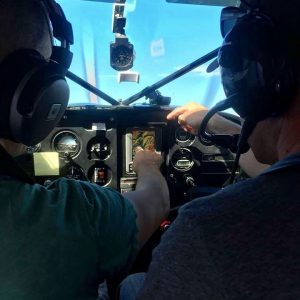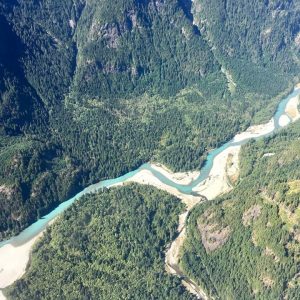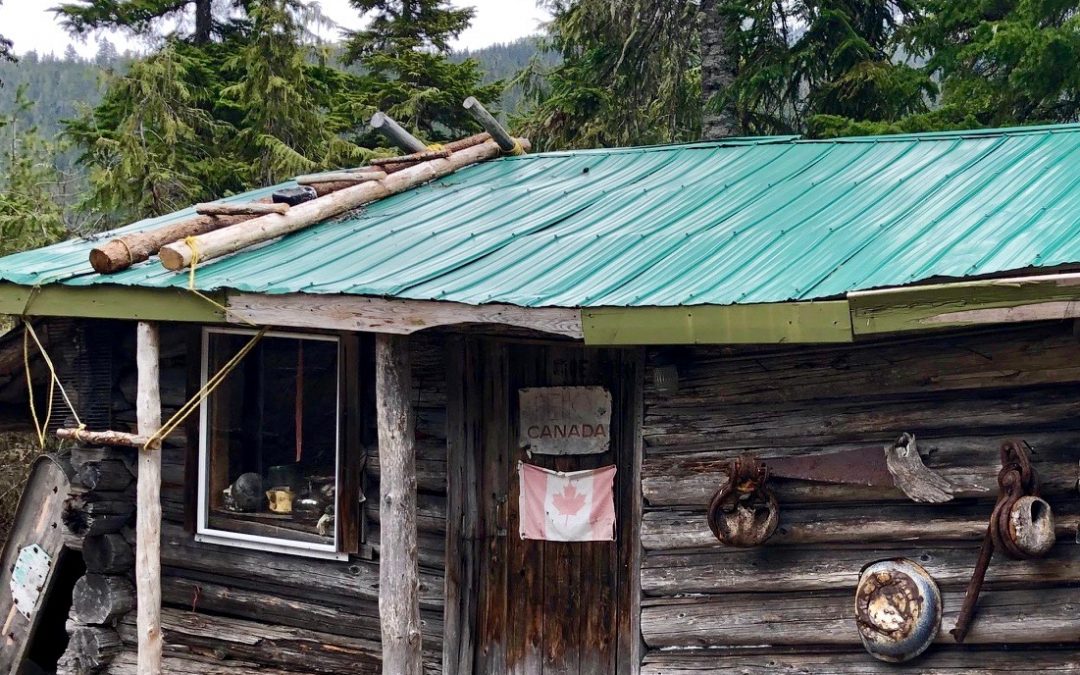The lore of bush pilots is a part of Canada’s history and the profession has produced both skill and character. Pilot John Crawford discusses why the experience of training as a bush pilot first, and flying float planes is so important to any pilot and why many Canadian pilots began their careers in the bush.
What are the advantages of starting your career as a bush pilot, and how does this training impact a pilot’s skills?The biggest advantage is you build PIC (pilot-in-command) time right away when you are training as a bush pilot. You don’t have to wait for six months to a year for the captain upgrade, but you have to be ready for it. You have to be ready to say no to that one extra bag which will push you over gross [weight], no to that drunk passenger, no to marginal weather and no to winds that are slightly above your personal limits in a new airplane.
Your decision-making skills get a massive boost because you have to do it all. Most destinations are out of cell range, so you just have to figure it out.
If a pilot were to receive float training after flying other aircraft for years, how is it beneficial?
The safety margins for floats are much narrower so you really have to dial in your skills. Some small aircraft – like the Cessna 172 and the Cherokee – are so stable that pilots can get sloppy when it comes to rudder work. Water is a forgiving landing surface as long as you land straight, slowly and softly…like any airplane. The way water adds drag, these necessities are amplified. The downside of landing a little crooked is really significant.
Is it easy to transition to a bush pilot role if you got your start at one of the big commercial airlines?
Not really. The flying is so different that bush operators still want to check out pilots before handing them the keys. So much is done for you at the airline level that bush operators want to see if you can make all the decisions yourself, load your own airplane, fuel your own airplane, or handle bad weather without relying on an experienced captain beside you.
We have so much respect for airline pilots, but they will tell you that the Cessna 180 on floats has humbled many an airline captain.
Many senior Canadian pilots have started in the bush. Is this still the case today?
It’s not like it used to be. There are many more entry-level jobs close to a city, so fewer pilots are starting their careers in the bush. It’s too bad, because the work is still out there, and you make more in the bush (given the lower cost of living out there). Plus, the flying is really fun. There is a lot of work in the bush right now; most of the commercial pilots that have completed seaplane ratings with us at Fort Langley Air in 2018-19, and wanted to work in the bush were evaluating multiple job offers from float operators in late spring. Our season for training goes all year ‘round and we have lots of time in October for pilots who are planning for the following spring.
How is the career landscape for a commercial pilot changing?
The pilot shortage is the biggest change. Talk to any pilot that started their career in the early 1980s or after fall 2001. It was brutal. There were no jobs for low-time pilots. You expected to work on the ramp or dock for a couple of years before you got a shot.
The navigation and flight planning tools have gotten so much more easy to use, and more detailed. You can do it all on an iPad. That’s great, but you can also get sloppy and not know how to read a map if your iPad dies. It is important to know your fundamentals.
What is it about float planes that draw so many pilots and fans to them?
The adventure. The ability to fly low, at 500’, the constant puzzle of planning your approach, without any ATC help in the middle of nowhere, the option of pulling up to a beach. Fishing while sitting on the float with your feet in the water is pretty awesome too!
Our Career Bush Pilot Program is well-known. Our pilots get work. Get started by calling us today. +1 (604) 513-9886.
Check out our Training Programs.




Recent Comments